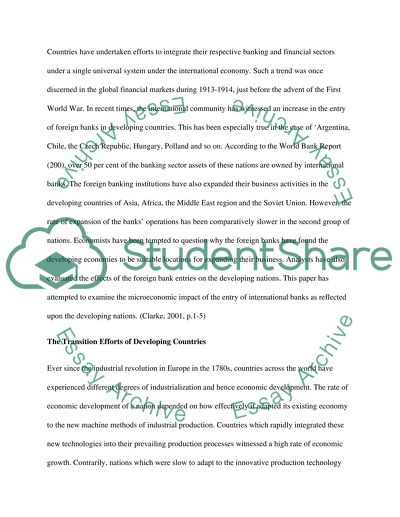Cite this document
(“Discuss how the entry of foreign banks may prove growth-enhancing in a Essay”, n.d.)
Retrieved from https://studentshare.org/finance-accounting/1394315-discuss-how-the-entry-of-foreign-banks-may-prove-growth-enhancing-in-a-developing-country
Retrieved from https://studentshare.org/finance-accounting/1394315-discuss-how-the-entry-of-foreign-banks-may-prove-growth-enhancing-in-a-developing-country
(Discuss How the Entry of Foreign Banks May Prove Growth-Enhancing in a Essay)
https://studentshare.org/finance-accounting/1394315-discuss-how-the-entry-of-foreign-banks-may-prove-growth-enhancing-in-a-developing-country.
https://studentshare.org/finance-accounting/1394315-discuss-how-the-entry-of-foreign-banks-may-prove-growth-enhancing-in-a-developing-country.
“Discuss How the Entry of Foreign Banks May Prove Growth-Enhancing in a Essay”, n.d. https://studentshare.org/finance-accounting/1394315-discuss-how-the-entry-of-foreign-banks-may-prove-growth-enhancing-in-a-developing-country.


